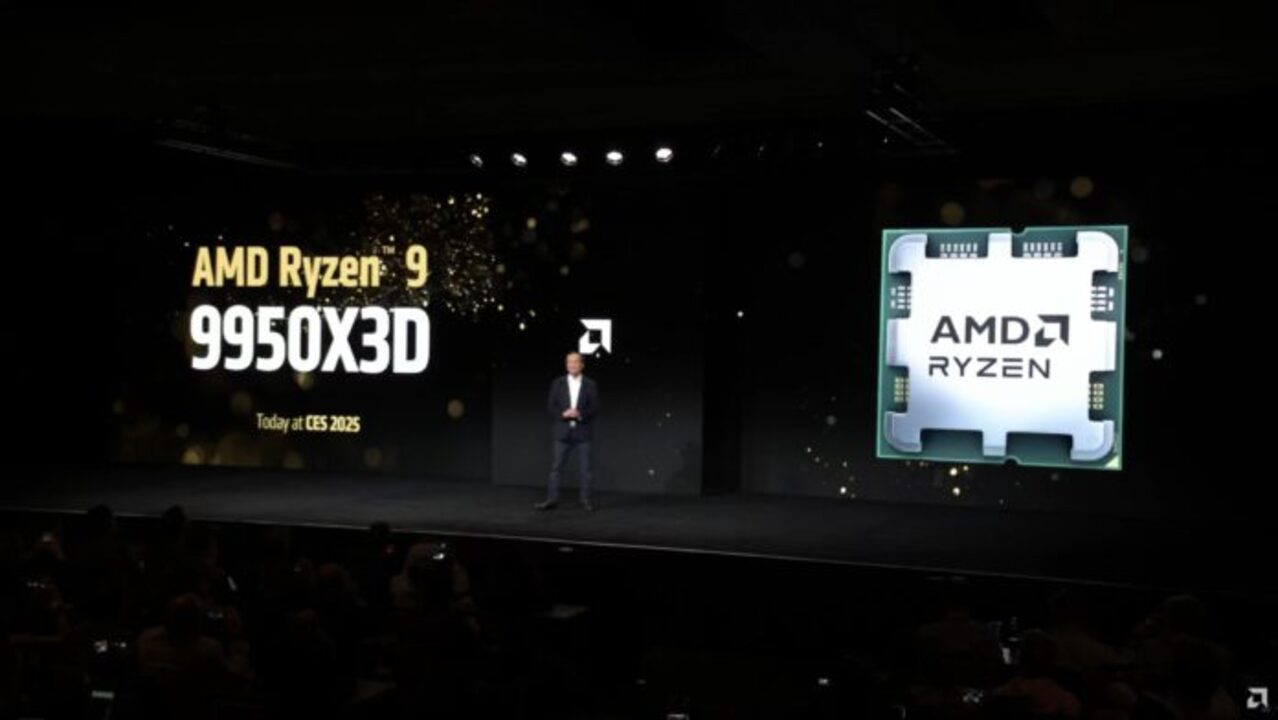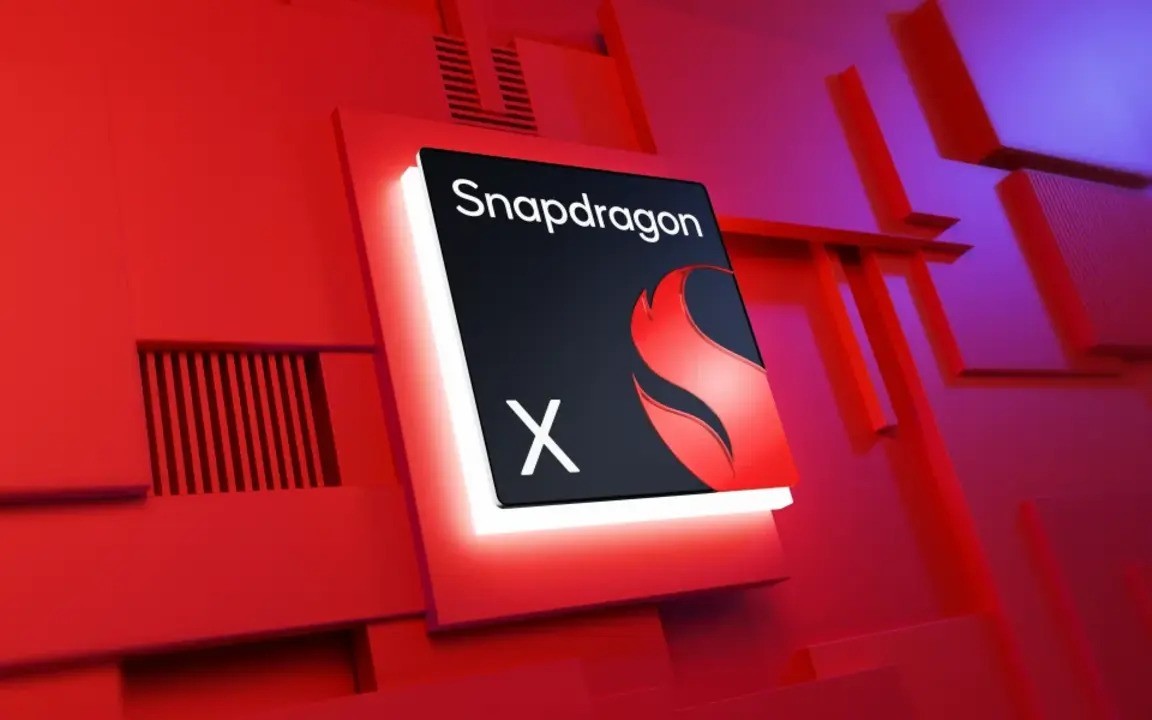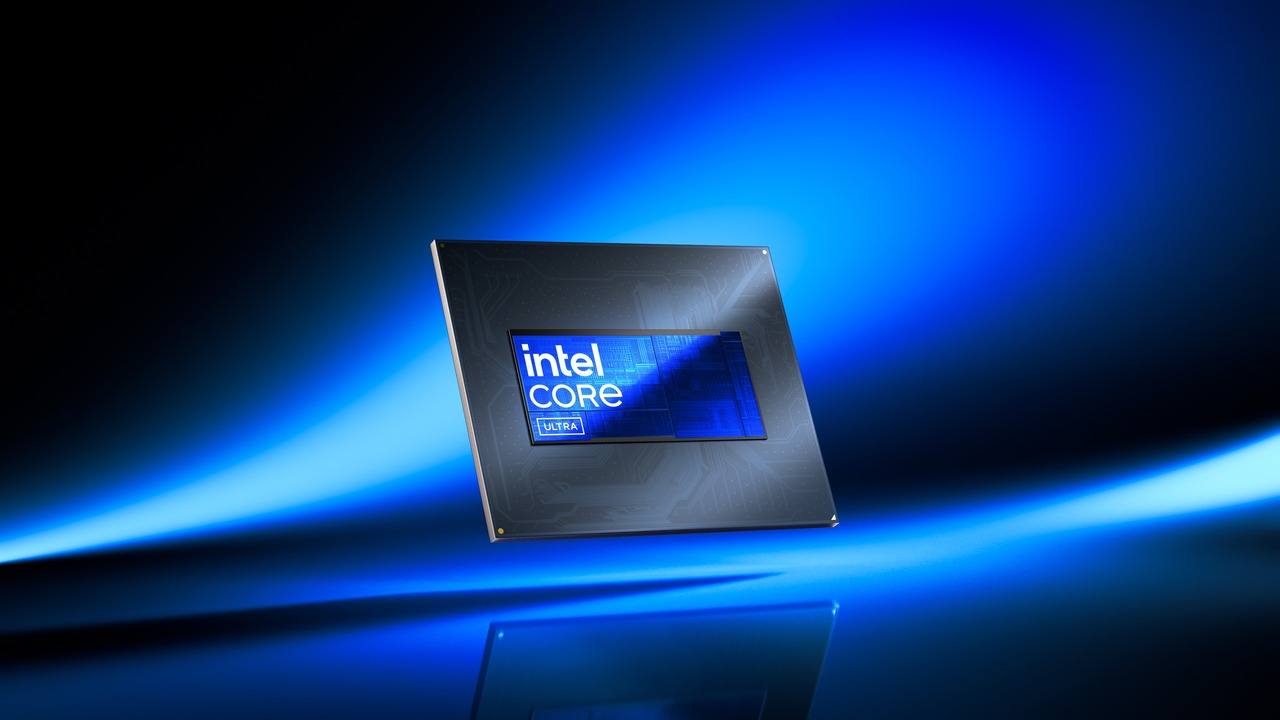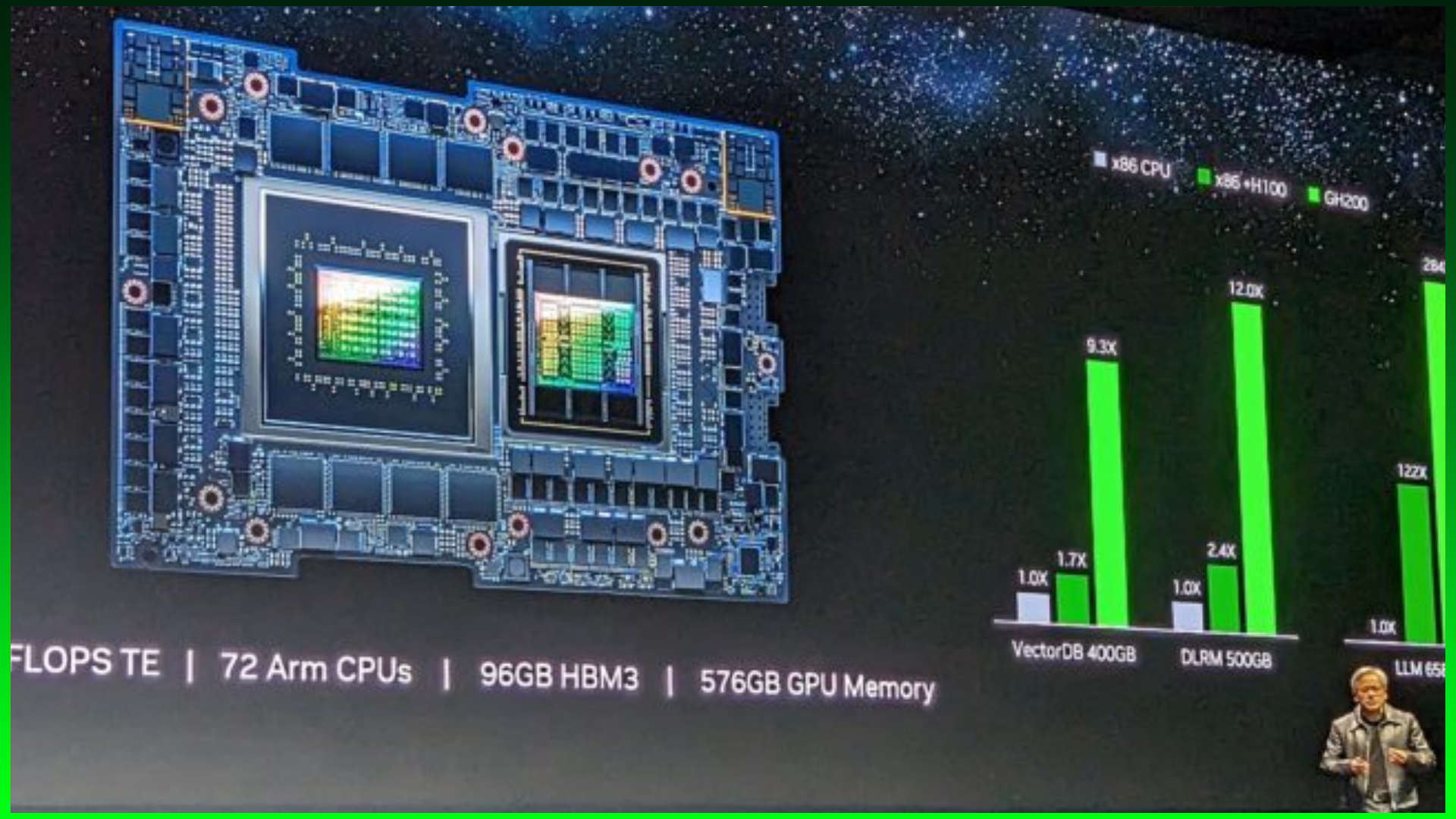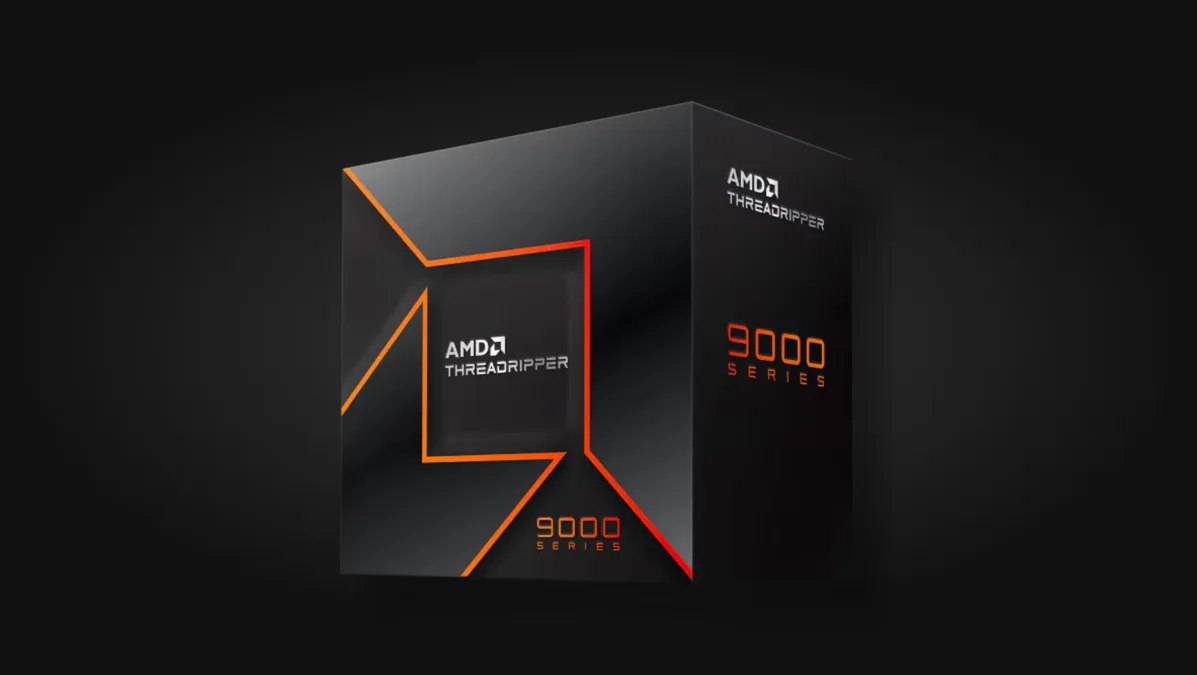
AMD Unleashes the Ryzen Threadripper PRO 9000 WX-Series
If you thought your rig was powerful, AMD just rewrote the definition of “beast mode.” The Ryzen Threadripper PRO 9000 WX-Series, announced at Computex 2025, is the kind of silicon sorcery that makes even the… AMD Unleashes the Ryzen Threadripper PRO 9000 WX-Series


